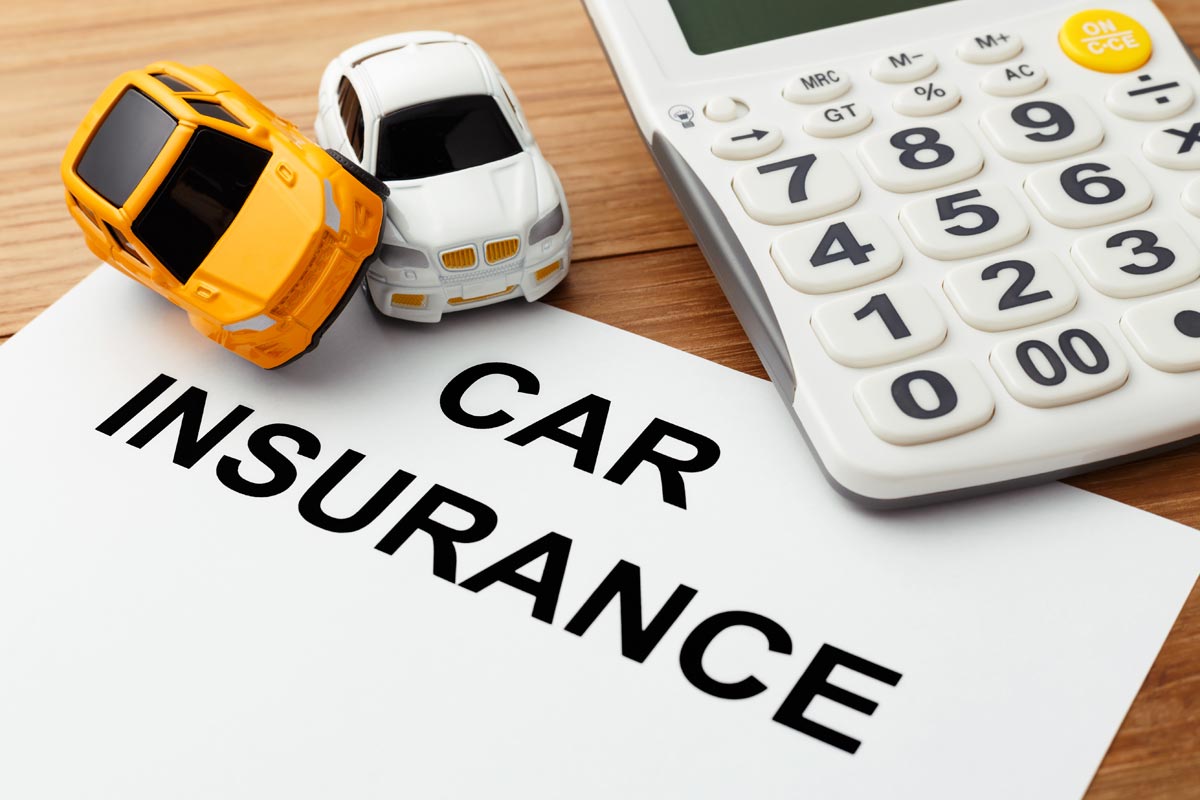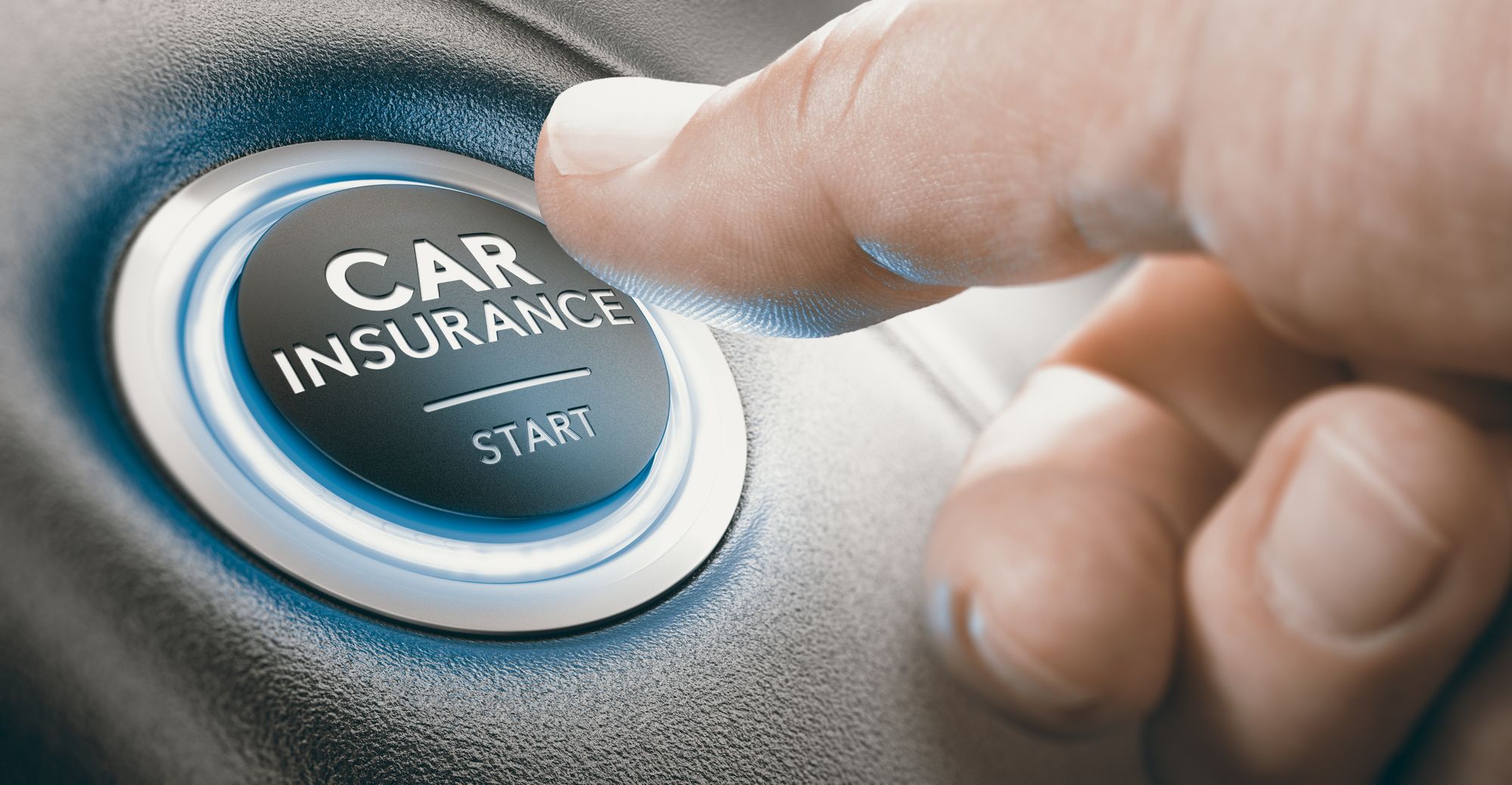Decoding Car Insurance: Your Guide to Staying Covered (Without the Headache)

Decoding Car Insurance: Your Guide to Staying Covered (Without the Headache)
Okay, so you’ve got a car. Awesome! Freedom, right? Road trips, errands, the ability to escape that awkward family gathering… But along with the joy of car ownership comes the not-so-joyful reality of car insurance. Let’s face it, it can be confusing, feel expensive, and seem like a total drag. But trust me, understanding the basics of car insurance is essential. It’s not just about ticking a box; it’s about protecting yourself, your vehicle, and your financial well-being.
Why Do I Need Car Insurance, Anyway?
Let’s start with the obvious question. Why bother? Well, in most places, it’s the law. Driving without insurance can lead to fines, license suspension, or even impounding of your car. But beyond the legal requirement, car insurance is a safety net. Accidents happen. Even the most cautious drivers can find themselves in a fender bender (or worse). Without insurance, you could be on the hook for some seriously hefty expenses. Think medical bills, car repairs (yours and someone else’s), and potential lawsuits.
Imagine this: you’re involved in an accident that’s deemed your fault. The other driver has significant injuries, and their car is totaled. Without insurance, you could be personally responsible for covering all those costs. We’re talking potentially tens of thousands, or even hundreds of thousands, of dollars. That’s enough to bankrupt most people.
Car insurance helps you avoid that nightmare scenario. It shifts the financial burden of an accident from your shoulders to the insurance company’s. They’ll handle the claims, negotiate settlements, and pay for covered damages, up to the limits of your policy.
Breaking Down the Jargon: Types of Coverage
Okay, so you know you need it. Now let’s decipher the alphabet soup of car insurance coverage. Here’s a breakdown of the most common types:
-
Liability Coverage: This is the cornerstone of most car insurance policies. It protects you if you’re at fault in an accident that causes bodily injury or property damage to someone else. Liability coverage has two components:
- Bodily Injury Liability: Covers medical expenses, lost wages, and other costs related to injuries suffered by the other driver and their passengers.
- Property Damage Liability: Covers the cost of repairing or replacing the other person’s vehicle or other property damaged in the accident.
Liability coverage is usually expressed as a series of numbers, like 25/50/25. This means:
- $25,000: The maximum amount the insurance company will pay for bodily injury to one person.
- $50,000: The maximum amount the insurance company will pay for bodily injury to all people injured in one accident.
- $25,000: The maximum amount the insurance company will pay for property damage in one accident.
How much liability coverage should you get? This is a crucial question. While the minimum required by law might seem tempting, it’s often woefully inadequate. Consider getting as much liability coverage as you can comfortably afford. Remember, you’re protecting your assets from potential lawsuits. If you have significant assets (savings, investments, a home), you’ll want higher liability limits.
-
Collision Coverage: This covers damage to your vehicle if you collide with another object, regardless of who’s at fault. It covers things like hitting another car, a tree, a guardrail, or even flipping your car. Collision coverage usually has a deductible, which is the amount you pay out-of-pocket before the insurance company kicks in.
Is collision coverage worth it? If you have a newer car, or if you can’t afford to repair or replace your vehicle out-of-pocket, collision coverage is generally a good idea. If you have an older car that’s not worth much, you might consider skipping collision coverage to save on premiums. Just remember, if you cause an accident and total your car, you’ll be responsible for replacing it yourself.
-
Comprehensive Coverage: This covers damage to your vehicle that’s not caused by a collision. Think things like theft, vandalism, fire, hail, flood, or hitting a deer. Like collision coverage, comprehensive coverage typically has a deductible.
Is comprehensive coverage worth it? Similar to collision coverage, it depends on the value of your car and your risk tolerance. If you live in an area prone to hailstorms or car theft, comprehensive coverage is probably a good investment.
-
Uninsured/Underinsured Motorist Coverage (UM/UIM): This protects you if you’re hit by a driver who doesn’t have insurance or doesn’t have enough insurance to cover your damages. UM coverage covers your bodily injuries, while UIM coverage covers both your bodily injuries and property damage.
Why is UM/UIM coverage so important? Unfortunately, there are a lot of uninsured drivers out there. And even if a driver has insurance, their limits might not be high enough to cover all your expenses. UM/UIM coverage steps in to fill the gap, ensuring you’re not left footing the bill for someone else’s negligence.
-
Personal Injury Protection (PIP): Also known as "no-fault" insurance, PIP covers your medical expenses and lost wages, regardless of who’s at fault in an accident. It’s required in some states and optional in others.
The benefit of PIP: It provides quick access to medical care and lost wage benefits without having to determine fault. This can be particularly helpful in states with complex legal systems.
-
Medical Payments Coverage (MedPay): Similar to PIP, MedPay covers your medical expenses resulting from an accident. However, it typically has lower limits than PIP and doesn’t cover lost wages.
Factors That Affect Your Car Insurance Rates
Car insurance companies don’t just pull rates out of thin air. They use a complex algorithm to assess your risk and determine how much to charge you. Here are some of the key factors that influence your rates:
-
Your Driving Record: This is a big one. If you have a history of accidents, tickets, or DUI convictions, you’re going to pay more for insurance. Insurance companies see you as a higher risk. The cleaner your driving record, the lower your rates will be.
-
Your Age and Experience: Younger drivers, especially those under 25, typically pay higher rates than older, more experienced drivers. This is because younger drivers are statistically more likely to be involved in accidents.
-
Your Gender: In some states, insurance companies use gender as a factor in determining rates. Men tend to pay slightly more than women, particularly in younger age groups.
-
Your Location: Where you live can significantly impact your rates. If you live in a densely populated area with high rates of car theft or accidents, you’ll likely pay more than someone who lives in a rural area.
-
Your Vehicle: The make and model of your car can also affect your rates. Expensive cars, sports cars, and cars that are frequently stolen tend to have higher insurance costs. Safety features can lower your rate.
-
Your Credit Score: In many states, insurance companies use your credit score to assess your risk. People with good credit scores tend to be more responsible and less likely to file claims, so they often get lower rates.
-
Your Coverage Choices: The types of coverage you choose and the limits you select will obviously affect your rates. Higher liability limits, lower deductibles, and adding optional coverages like rental car reimbursement will all increase your premiums.
How to Save Money on Car Insurance
Okay, so you understand the basics of car insurance, and you know what factors influence your rates. Now, let’s talk about how to save some money. Here are a few tips:
-
Shop Around and Compare Quotes: This is the single most effective way to save money on car insurance. Don’t just stick with the first company you find. Get quotes from multiple insurers and compare their rates and coverage options. Online comparison tools can make this process easier.
-
Increase Your Deductibles: Raising your deductibles (the amount you pay out-of-pocket before insurance kicks in) can significantly lower your premiums. Just make sure you can afford to pay the higher deductible if you need to file a claim.
-
Bundle Your Insurance: If you have multiple insurance policies (e.g., car insurance, home insurance), consider bundling them with the same company. Many insurers offer discounts for bundling.
-
Ask About Discounts: Insurers offer a variety of discounts, such as discounts for safe drivers, good students, military personnel, and those who take defensive driving courses. Be sure to ask about all available discounts.
-
Maintain a Good Driving Record: This is a no-brainer. Avoid accidents and traffic tickets to keep your rates low.
-
Improve Your Credit Score: If your credit score is low, take steps to improve it. Pay your bills on time, reduce your debt, and avoid opening too many new credit accounts.
-
Re-evaluate Your Coverage Regularly: As your life changes, your insurance needs may change as well. Review your coverage at least once a year to make sure it still meets your needs and that you’re not paying for coverage you don’t need. For example, if you payed off your car, maybe reducing collision coverage is right for you.
-
Consider a Telematics Program: Some insurance companies offer telematics programs that track your driving habits using a mobile app or device installed in your car. If you demonstrate safe driving habits, you could earn a discount on your insurance premiums.
-
Pay in Full: Some insurance companies offer a small discount if you pay your annual premium in full, rather than in monthly installments.
Understanding the Claims Process
So, you’ve been in an accident. Now what? Here’s a general overview of the claims process:
- Report the Accident: Contact your insurance company as soon as possible to report the accident. Provide them with all the details, including the date, time, and location of the accident, as well as information about the other driver and their vehicle.
- Document Everything: Take photos of the damage to your car and the other vehicle. Get the other driver’s insurance information and contact information. If there were any witnesses, get their contact information as well.
- Cooperate with the Insurance Company: Your insurance company will assign a claims adjuster to your case. Cooperate with the adjuster and provide them with any information they request.
- Get an Estimate: Get an estimate for the cost of repairing your car from a reputable repair shop. Your insurance company may have preferred repair shops, but you have the right to choose your own.
- Negotiate the Settlement: The insurance company will review your claim and make a settlement offer. If you’re not happy with the offer, you can negotiate with the adjuster.
- Get the Repairs Done: Once you’ve reached a settlement agreement, you can get your car repaired.
Final Thoughts
Car insurance can seem like a confusing and expensive necessity, but it’s a vital part of responsible car ownership. By understanding the different types of coverage, the factors that affect your rates, and how to save money, you can make informed decisions and protect yourself from financial hardship. Take the time to shop around, compare quotes, and choose the coverage that’s right for you. It’s an investment in your peace of mind. And remember, it’s better to have insurance and not need it, than to need it and not have it. Drive safe out there!
